
1 minute read
Site Plan
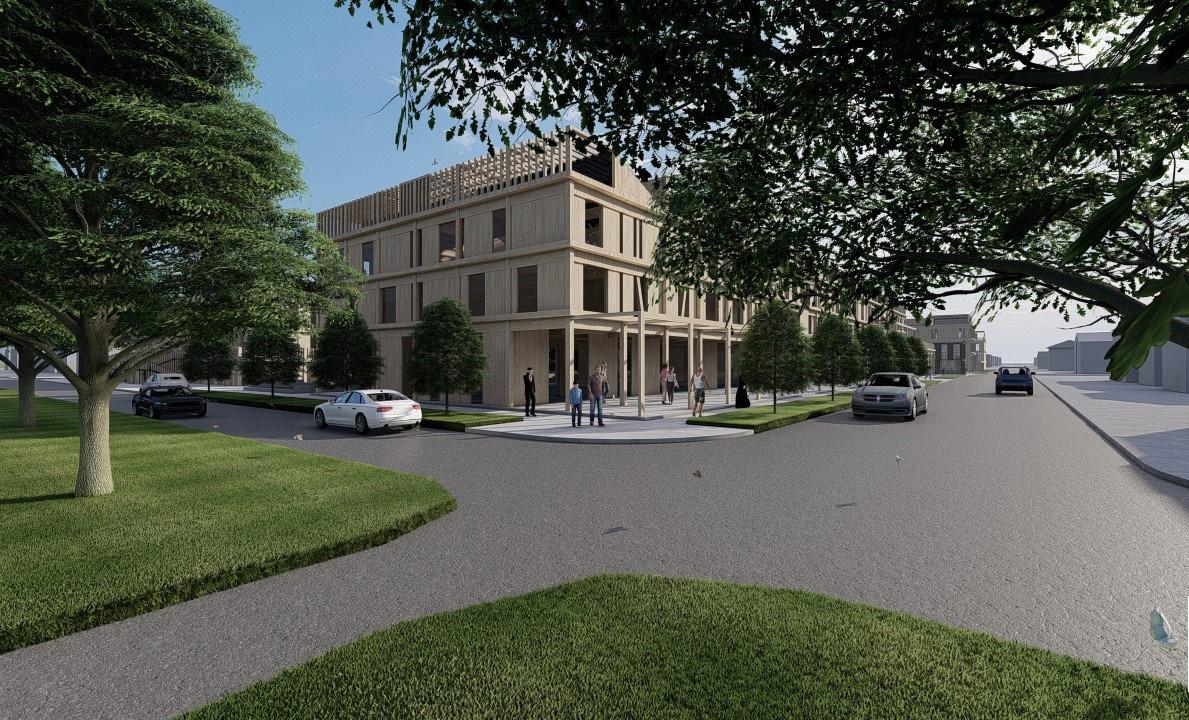

Advertisement

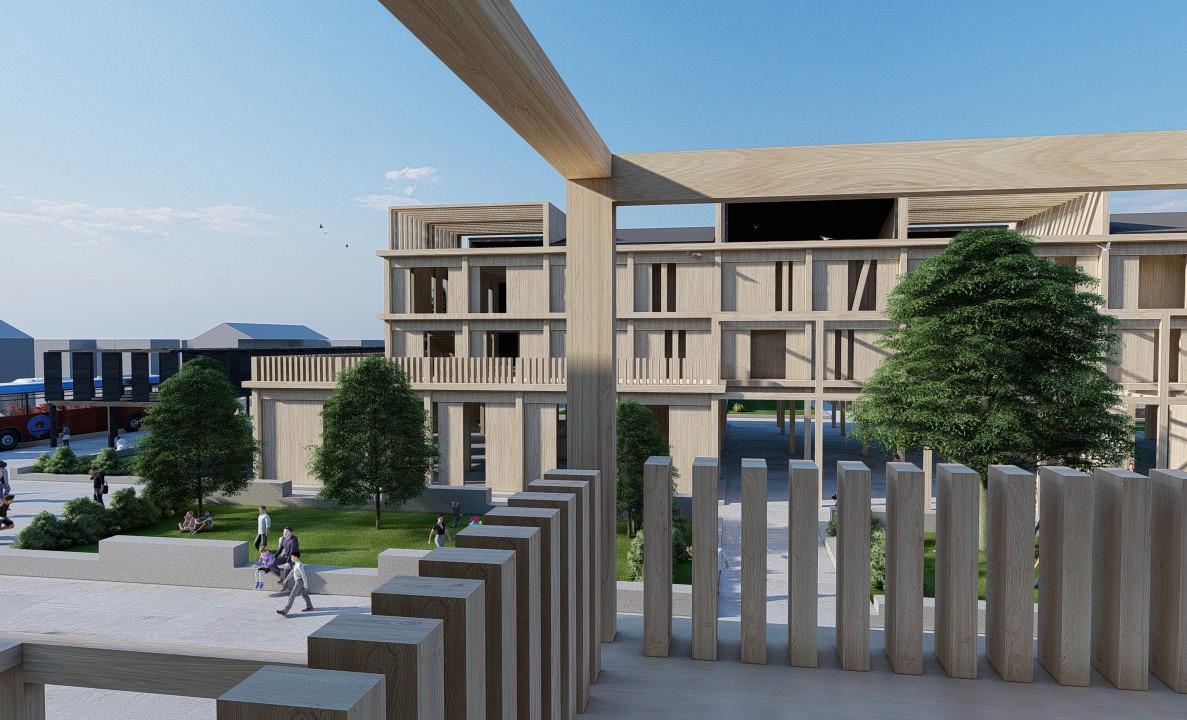
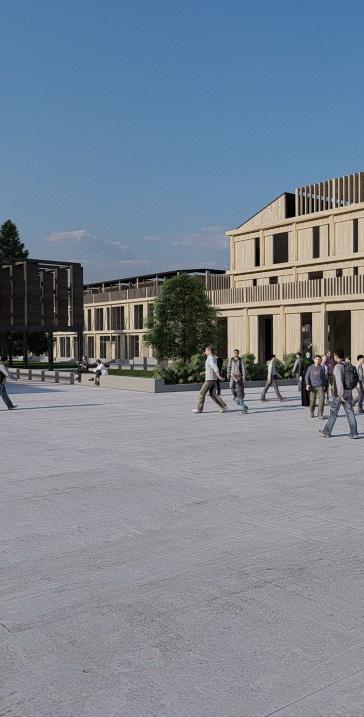

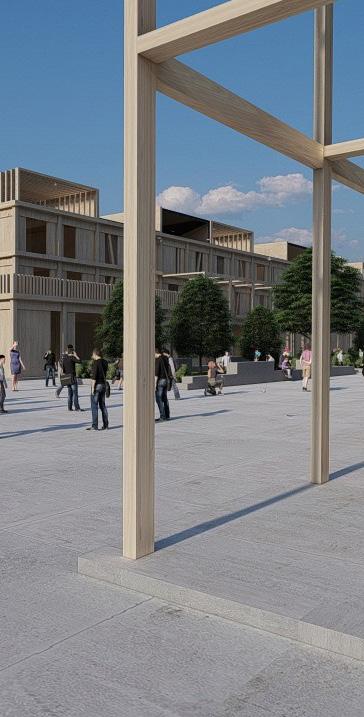
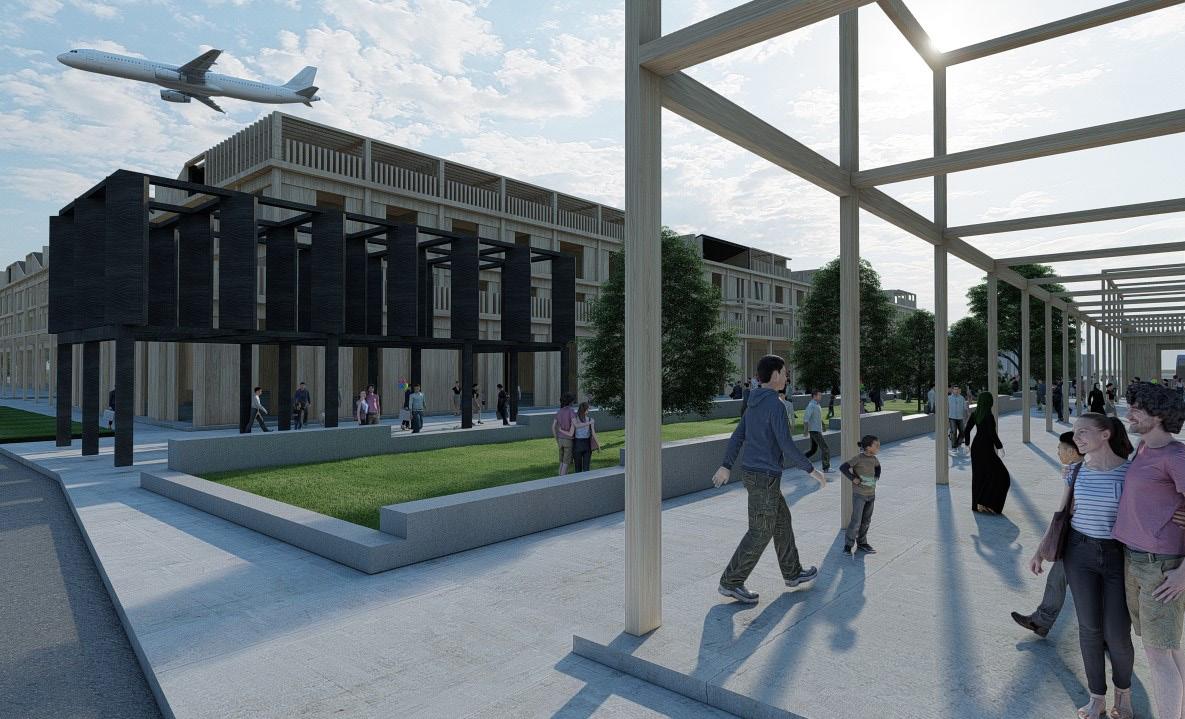

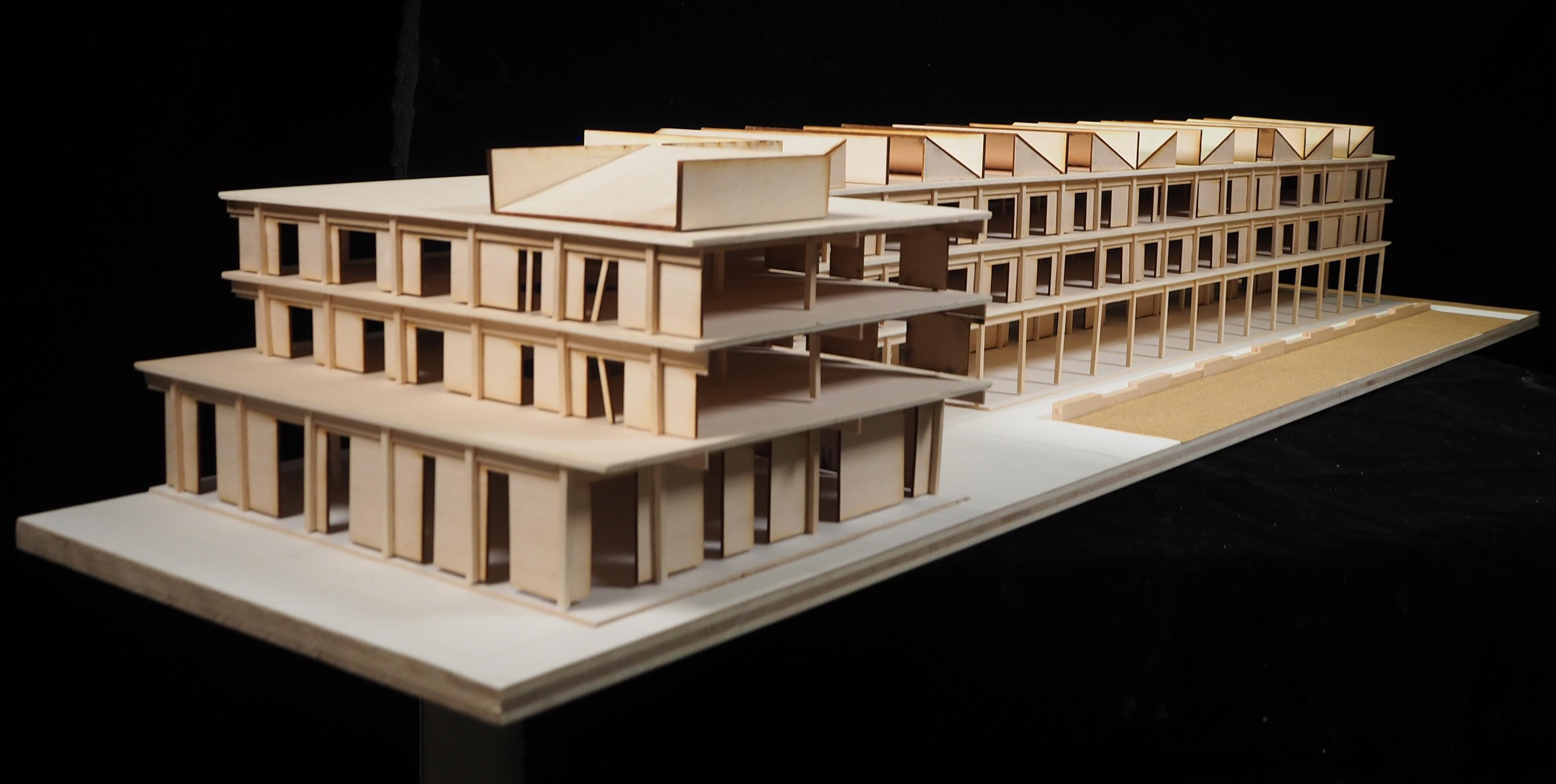
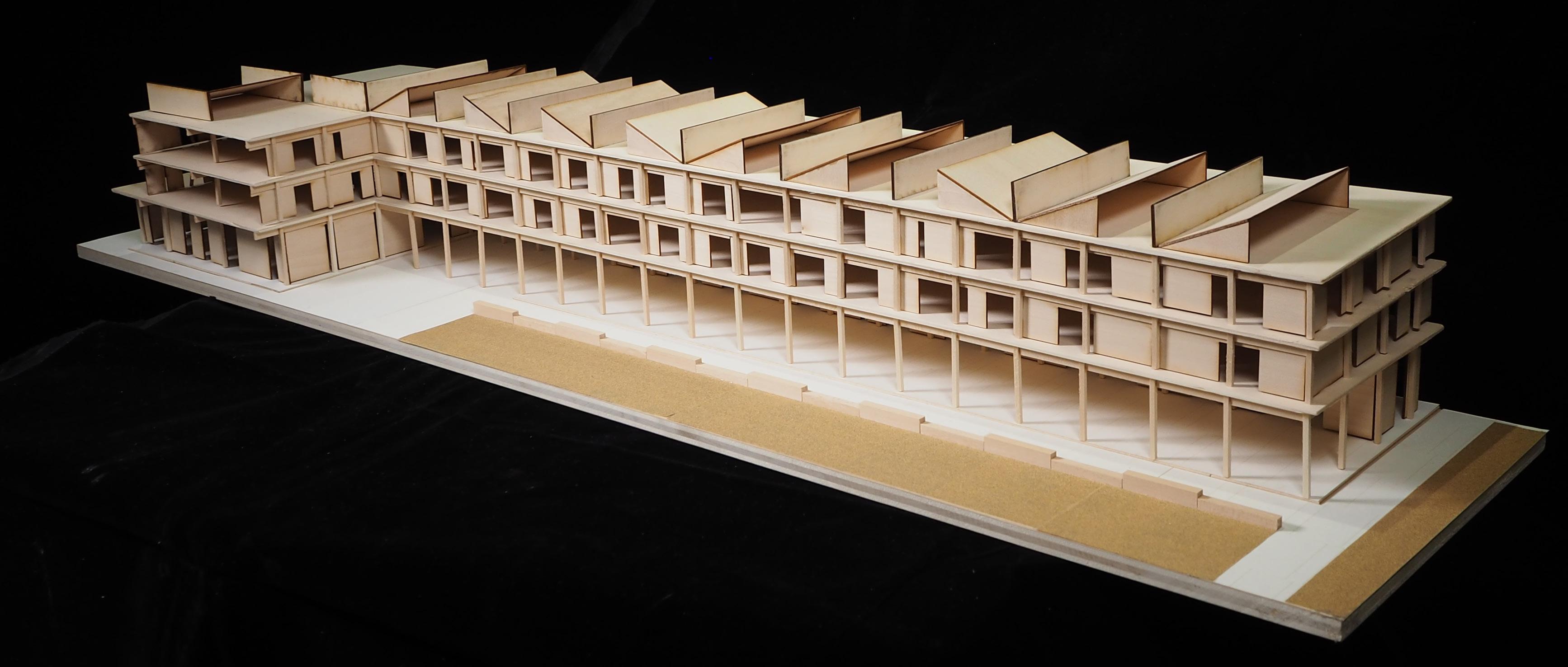

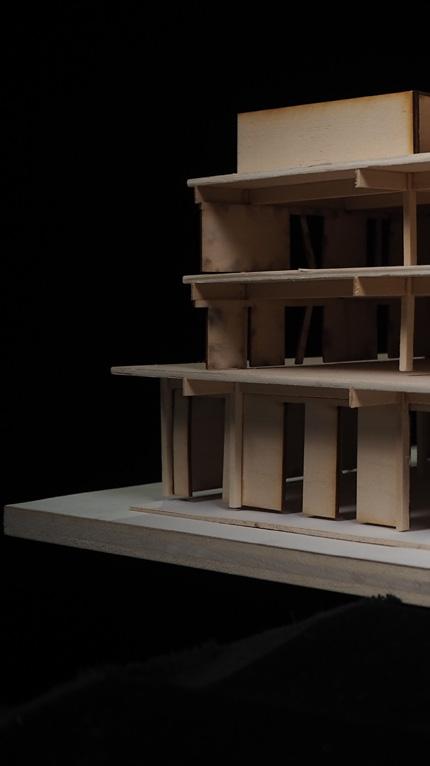
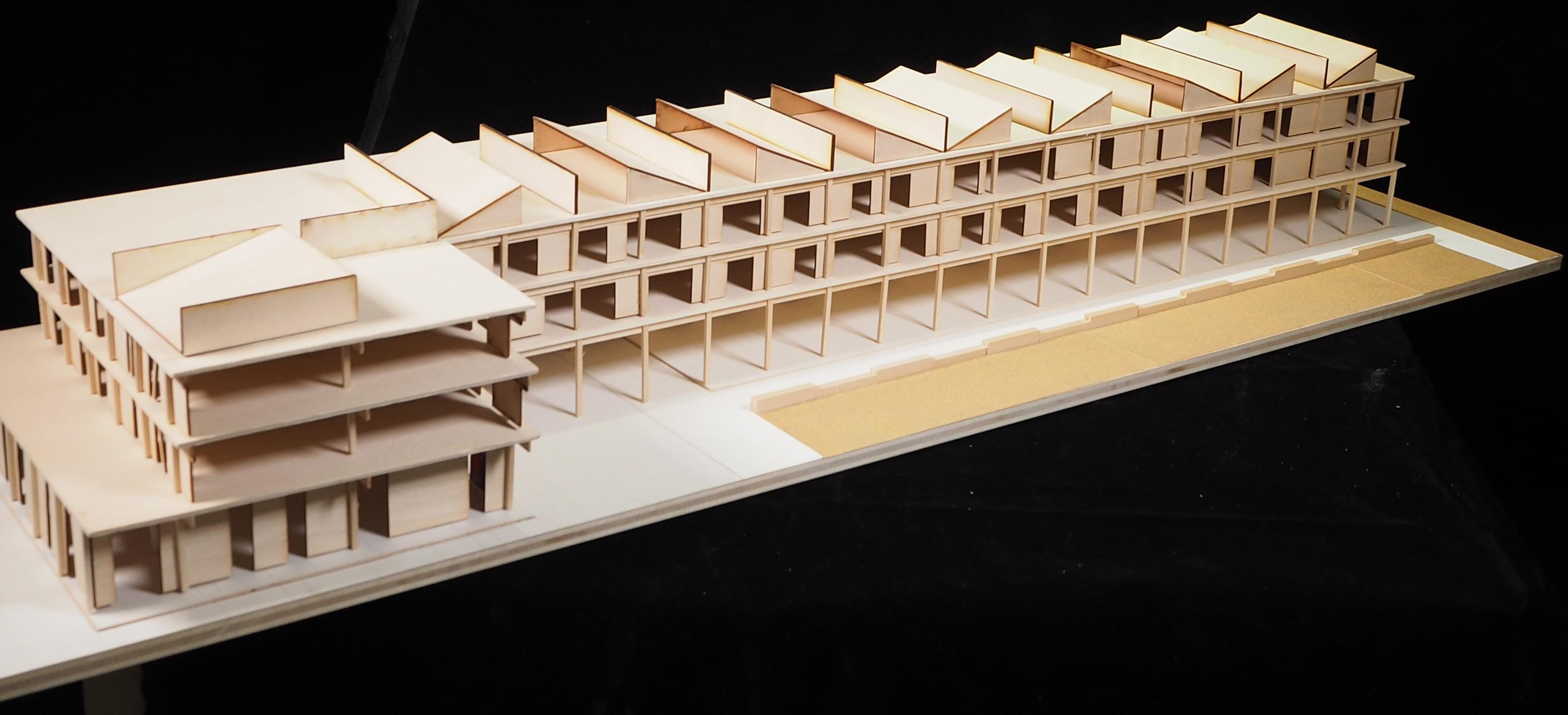

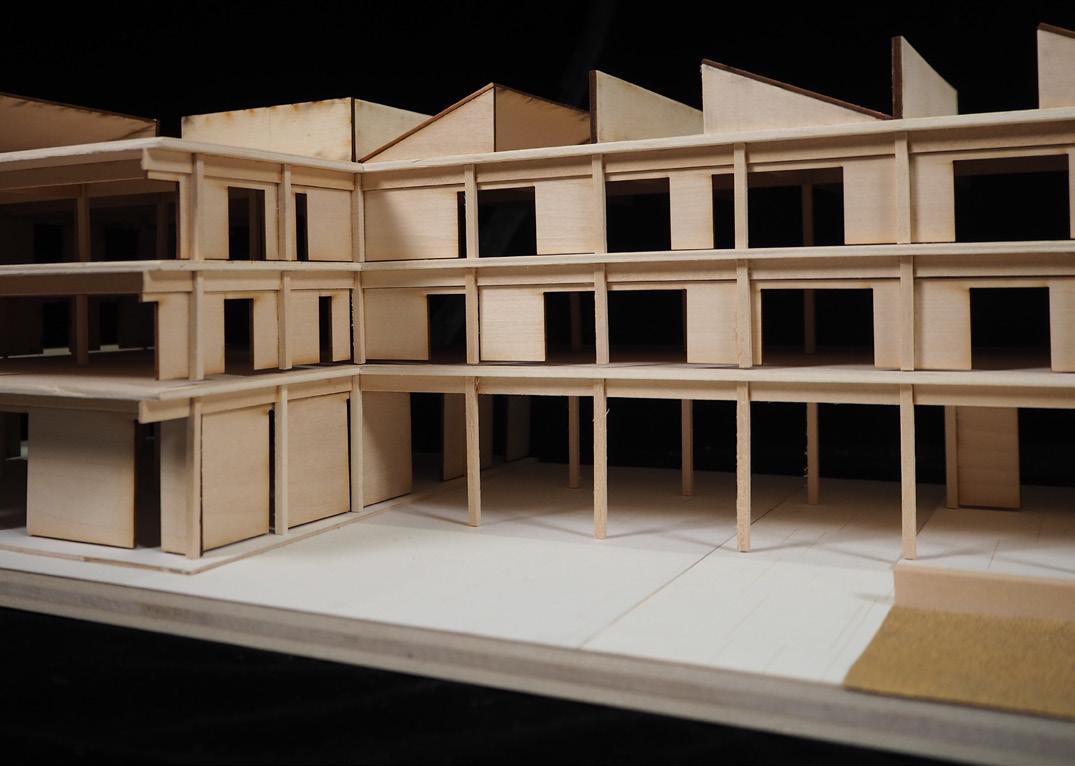
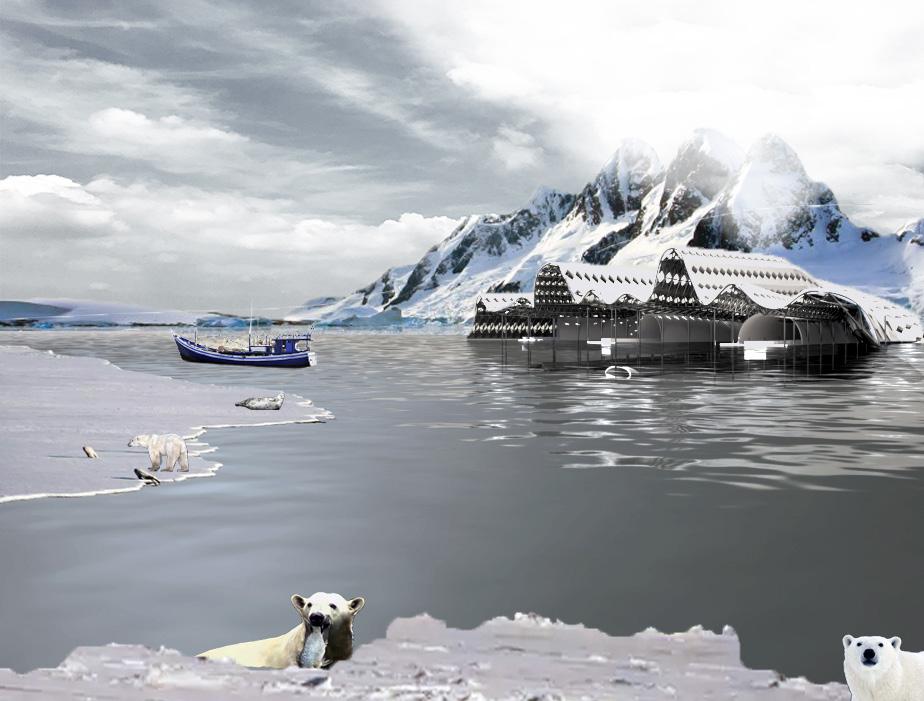
Perforated Skin
Project 4 - Arctic Revival
Professor Julie Larsen
2nd Year, 2nd Semester 2021
In Collaboration with Christian Morgenweck
Space-frame Structure

Groups chose a type of ecosystem or body of water that is facing a large ecological threat. The body of water that we chose to research was the Arctic. The main ecological threat that we chose to address in the Arctic region was the thinning and loss of sea ice. This is part of a large, devastating feedback loop which is slowly crippling arctic ecologies.
Supporting Columns
Archive Floor With Central Mass
The design consists of an “archive” that protects and aids against the ecological treat we chose. The layout of the building is centered around the water collection and spraying system that cuts through the center of the project, revealing one of the processes that occur within the building. The brine is accessible for locals who would like to use the solution as a food preservation method. It is also used to supply the fish vendors at the bottom of the mass for the same reasons.
Fingers and Ground Floor
Water Collection System
Theoretical “vessels” were designed which adressed our ecological threats. Our vessel sprays desalinated seawater onto surrounding ice as it passes. It also implements the use of regular saltwater and sprays it into the atmosphere to increase and brighten cloud cover, which is part of a process called “cloud-whitening”. This allows for more sun rays to be reflected back into the atmosphere. Our archive acts in a similar manner to the vessel, keeping the cloud-whitening aspect. The vessel also interacts with the archive, docking at any one of three fingers, dropping off the brine that it collects up as a result of the desalination process.

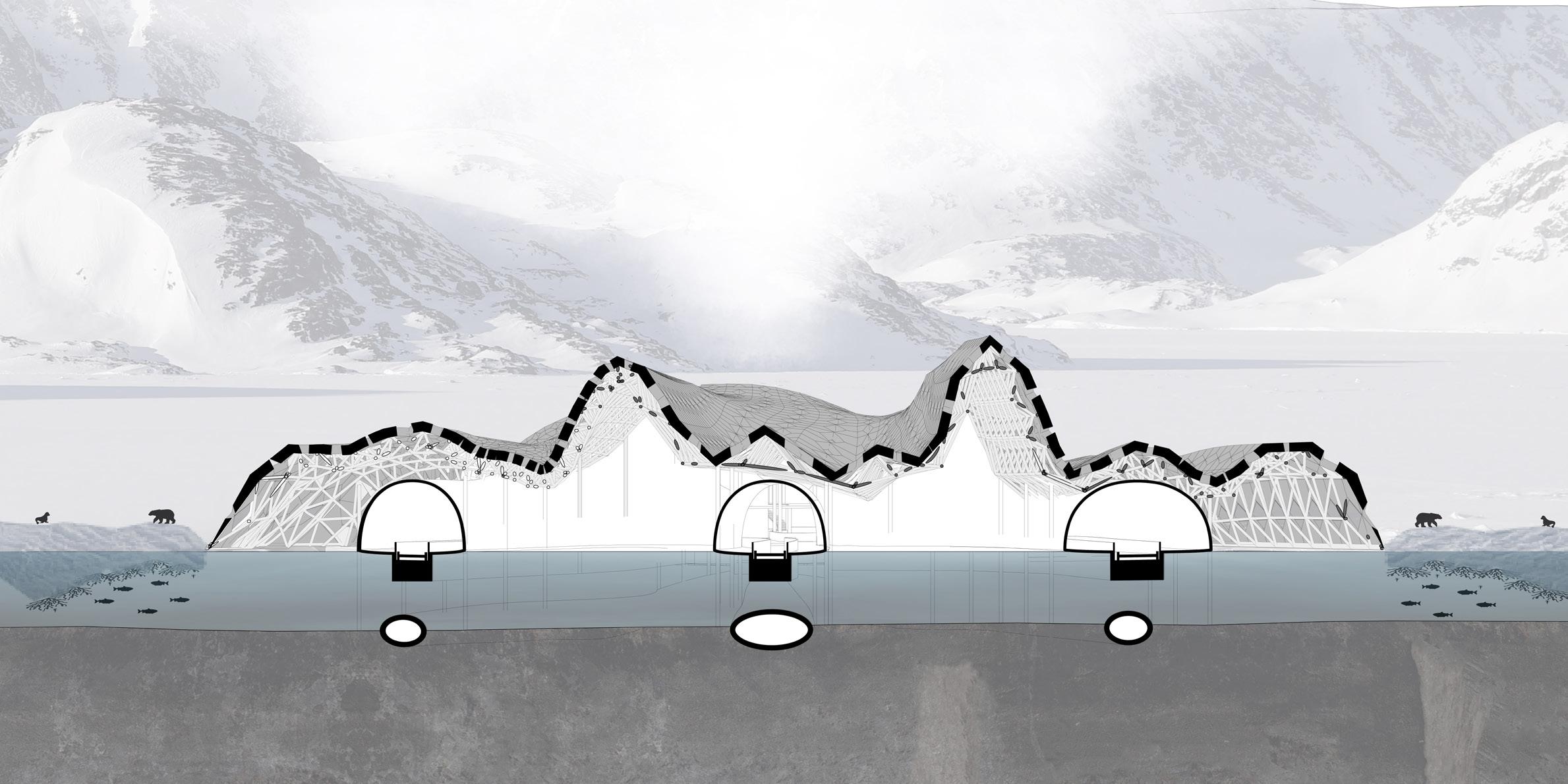

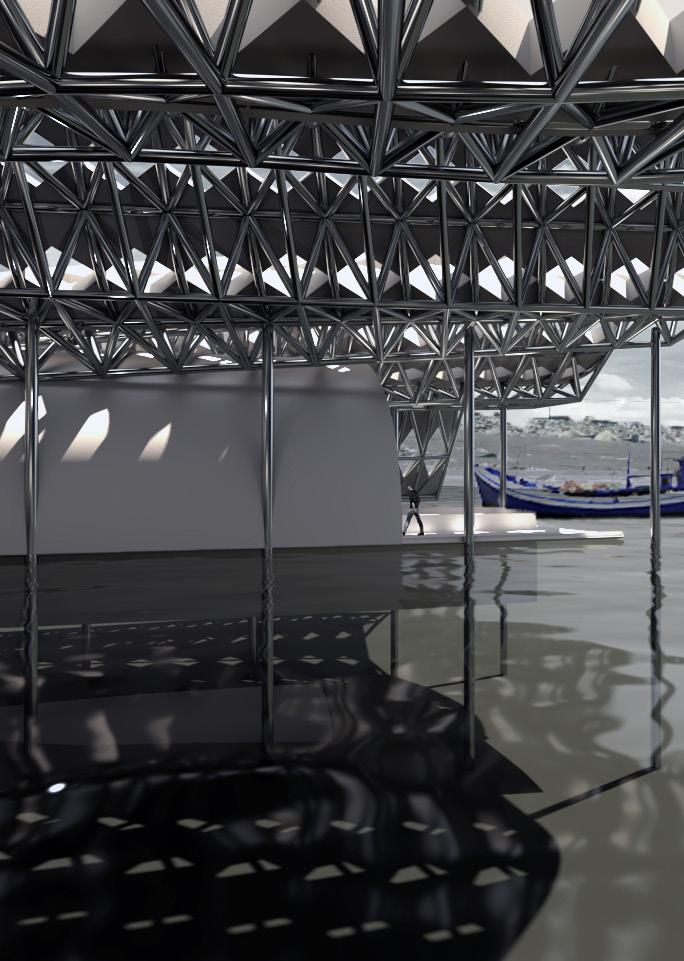
In the archive, we have chosen to store samples of ice which contain lots of historical information about our world’s past climate states and other past environmental qualities.

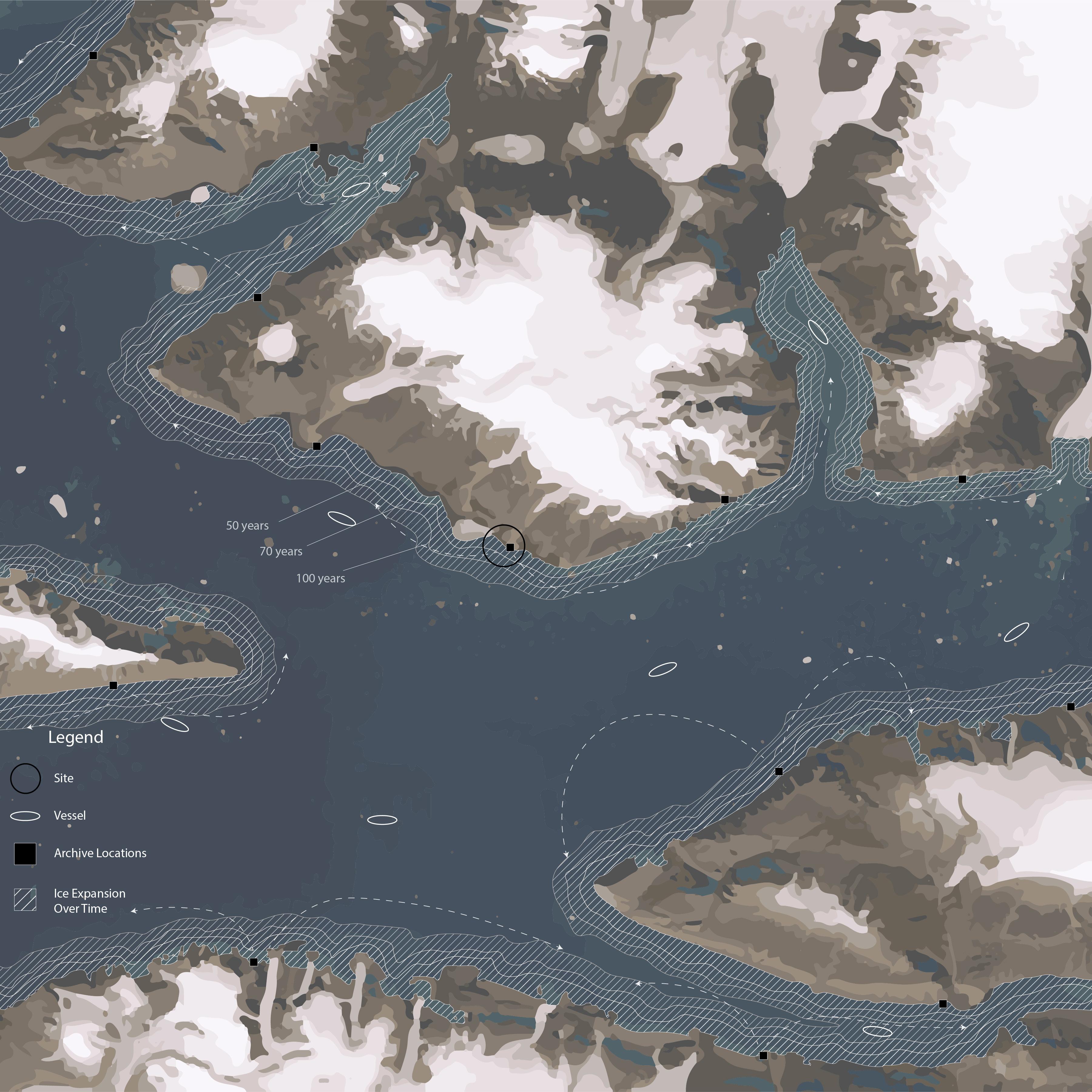
The exterior skin of the archive is made of a reflective material, allowing for sun rays to be reflected off the building mass. This skin is then supported by a space frame structure and an accompanying system of columns.










